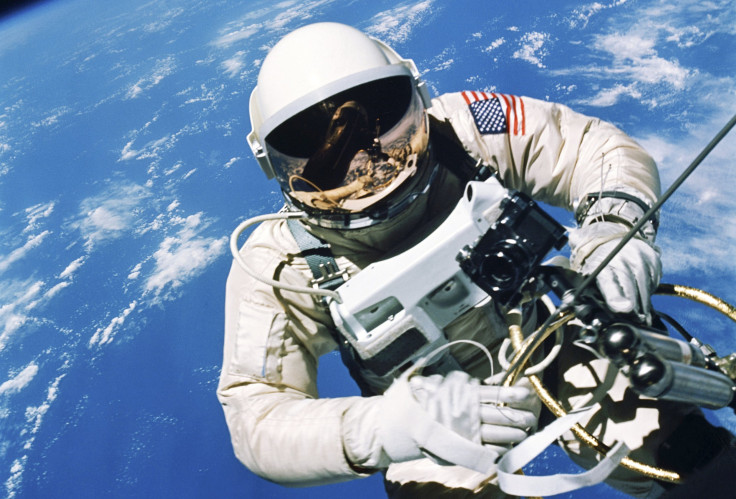Experts to develop magnetic shield for astronauts’ protection against cosmic rays

Experts are developing a superconducting magnetic shield that can protect spacecraft from high-energy particles and to prevent astronauts from developing cancers caused by cosmic radiation. The idea is to work on an active magnetic field that will serve as shield, enabling safe long-duration stays in space without harm from cosmic rays during deep-space missions.
The CERN, or otherwise known as the European Council for Nuclear Research, has announced a collaboration with the European Space Radiation Superconducting Shield, or SR2S, to work on a solution for cosmic radiation issues during deep-space explorations. The SR2S project aims to create a superconducting magnet that provides magnetic field 3,000 times stronger than Earth’s own magnetic field which could protect astronauts in or directly outside a spacecraft.
According to Professor Roberto Battiston, project coordinator of SR2S, the future explorations on Mars and the Moon and deep space travel to near-Earth Asteroids require “an effective way to actively shield astronauts,” as experts believe exposure to high-energy cosmic rays during long-duration trips in space may increase the probability of astronauts to acquire various types of cancers.
“This situation is critical. According to our present knowledge only a very small fraction of NASA’s active astronauts are suitable to stay on the ISS for a one-year mission regardless of the fact that the exposure to radiation is two times less than the exposure during deep space travel,” Battiston said.
With these in mind, the developers plan to provide the technology that would help astronauts to safely spend any significant amount of time in space, he stated. The CERN has already built a prototype of superconductor cables in 2014, and the team working on the new shield will use the same material to develop the new configuration of the magnet’s superconductor coils.
The new shield will be designed to generate a field that’s strong enough to stop harmful cosmic rays from penetrating spacecraft exteriors to harm astronauts and equipment. Within the next three years, experts said, a magnetic field could solve the issue of cosmic radiation.
However, experts added there are challenges to overcome before a spacecraft shield can be built such as the requirement to test various possible magnetic configurations and other factors enabling technologies need to be developed. But the developers plan to test the first magnetic shield in the coming months, according to Bernardo Bordini, coordinator of CERN activity in the framework of the SR2S project.
Contact the writer at feedback@ibtimes.com.au





















